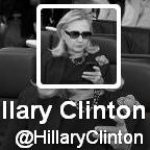Last week, a Cheerios ad with a biracial family made some waves due to the racist comments it elicited on YouTube. It reminded us that race and different cultural backgrounds are still hot-button issues in America.
I distinctly remember when Jennifer Lopez – with her then-seemingly-incongruous American/Latina name – burst onto the scene. It was electrifying. I had grown up speaking Spanish at home and English at school. Despite the fact that I was in a heavily Latino area, I regarded my Latina-ness as strange and “old.” I never spoke to my friends in Spanish. That was my parents’ language. In my growing-up years of the ’70s, no one on t.v. or in the movies was Latina. Everyone had Brady girl sheets of golden hair, maids and houses with funky stairs. No one on t.v. had to take phone calls from crying relatives thousands of miles away at Christmastime or eat weird foods no one had ever heard of. As a kid, it made me feel invisible, like the world around me didn’t exist or wasn’t allowed, somehow. The world on t.v. was the real thing. I didn’t belong in it.
That’s why I loved the Cheerios commercial that is getting all the press for the interracial family it depicts.
It’s easy to dismiss it simply as advertising. It is that, of course, and a pretty successful piece of viral marketing. It’s hardly ground-breaking to acknowledge, in 2013, that interracial people exist. And yet it’s important. In our media-saturated culture, many of us are introduced to new ideas through t.v. shows and commercials, particularly when we’re young and especially if we grow up in a homogenous bubble. I’ll never forget the first time I learned being gay was a “thing,” in a 1982 movie with Charlie’s Angels’ Kate Jackson, in which she learned that her husband was gay. (I was 12, and it blew my mind. It finally helped me get what was up with the two women who lived on the floor above us).
The Cheerios ad came to my attention due to the furor it caused when ignorant racists started posting derogatory comments on it. (It’s real easy for people to get brave behind the white sheet of internet anonymity). What I love about the ad is that it’s not about being biracial at all. It’s just a 30-second spot depicting a family. The mom happens to be white, the dad happens to be black. In a country with as painful a racial history as the U.S., the spot calls up much more than that, of course. But in its (seemingly) unselfconscious depiction, the ad moves the conversation forward just a bit. We won’t have headlines the next time a company puts a biracial family in its ads.
I am sometimes amazed to learn that the golden-haired “real American” life I aspired to when I had with my nose pressed against the window of American life never really existed. When I was coveting Marcia Brady’s room as a little undocumented immigrant girl, I had no idea about lynchings and the women’s movement and the Vietnam war that was just winding down. Popular culture reveals, but it also conceals with its stylized version of reality. And, yet, I’ll take this 2013 America any day, with all its complexities and contradictions, even if we still have to have a conversation about a little girl with a mom and dad who are different colors. And I am grateful to Cheerios for making us do it.






